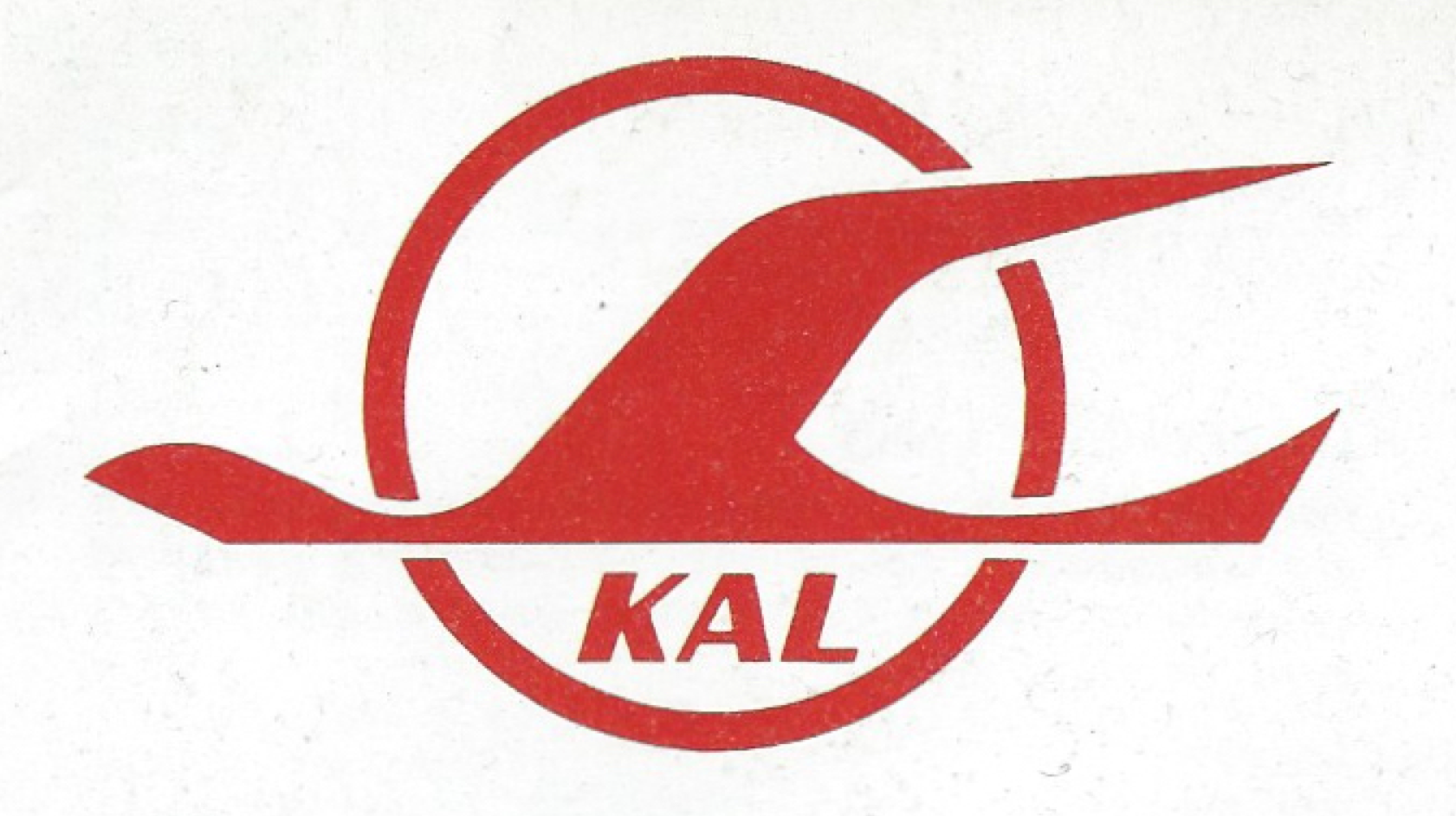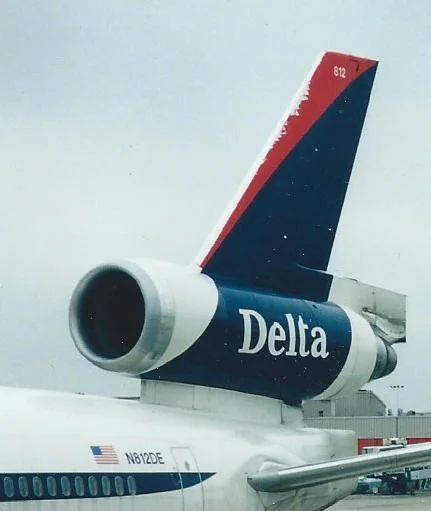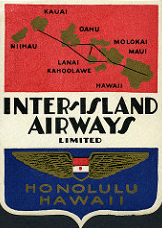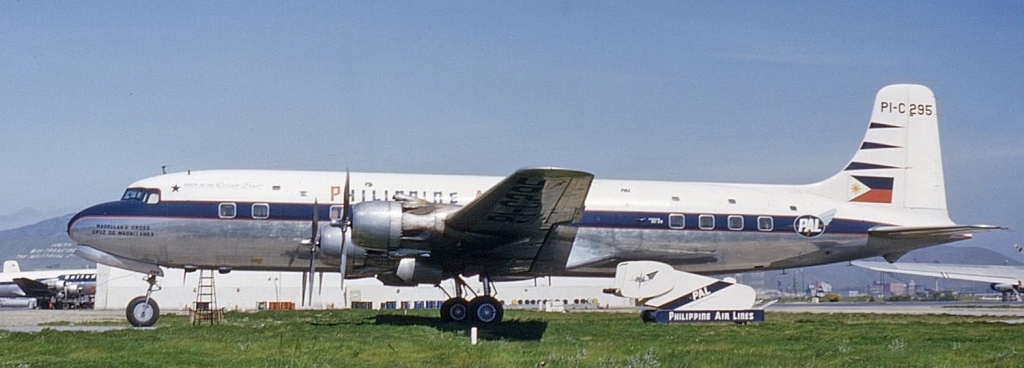Continental Air Micronesia to Tokyo - 1978
/While Pan Am got the credit for developing the "island hopper" route between Hawaii and Asia with flying boats prior to WWII, the route they built did not really serve the people of the central Pacific, as it was too far north of the islands that would come to be known as Micronesia.
After the war Pan Am graduated into long-range propeller and then jet equipment that would allow them to skip central-Pacific stops at places like Midway Island. Northwest of course concentrated on going over the top of the Pacific. Bob Six, the larger-than-life head of Continental, realized in the 1960s this presented an opportunity to build a base of business and extend his airline into Asia (where Continental was doing charters for the U.S. military).
The story has been told in many places about how Continental worked with the local governments in the late 1960s to improve landing strips, and adapted DC-6 and 727 equipment to handle the ocean and beach environments. While profitability was always a challenge, the people of Continental and its Air Micronesia operation showed a true public-service dedication to their community and provided the catalyst for the islands to become a functioning nation. It also gave Continental experience with operations at the far-flung stations of Air Mike's map, which would help that carrier secure long-range flights that still persist today under United's banner.
To that end, a crucial new route was started in January 1978 linking Tokyo's Haneda Airport to the Northern Marianas island of Saipan. Not only was it a valuable pipeline for Micronesian fish and agriculture to reach the Japanese market, it also worked to stimulate vacation tourism from Japan to the Marianas and central Pacific islands. The Saipan-Tokyo route started as daily, with 727-100 equipment.
Later of course you would see JAL, Continental, Northwest, and ANA running multiple jumbo jets each day on this route ... and Continental would go on to serve more cities in Japan than any other U.S. carrier. Every success has to start somewhere.
Excerpts of the January 15, 1978 timetable for Guam, Honolulu, Saipan, and Tokyo are shown below. Continental had an annoying habit with their 1970s-1980s schedules in that they wouldn't show all the island-to-island Micronesian flight timings - only those to or from Honolulu or Tokyo.
The Continental route map of the 1970s always had too many lines - like many carriers, they showed the routes they were certificated to fly instead of what they actually flew...
I re-drew the map from this timetable to show the real routes Continental operated on 1/15/78:
Guam to Honolulu just 3 times per week...
No connection between Honolulu and Tokyo - the Japan service at this time was strictly dedicated to Micronesian / Marianan local traffic.
Decent arrival time in Tokyo for onward connections & local ground transportation into the city.
The aircraft remained overnight in Tokyo with a late-morning departure - today we'd consider that a waste of potential flying hours, but the 9:30 am departure did allow for connecting traffic from all over Japan to make this flight.What struck me was that this service went into Haneda Airport - where today it is almost impossible for a US-based carrier to obtain slots. Notice how the Tokyo flight numbers branch out past Saipan - some go southwest to Yap and Palau, while the eastern route links all the way to Johnston Island...



















































